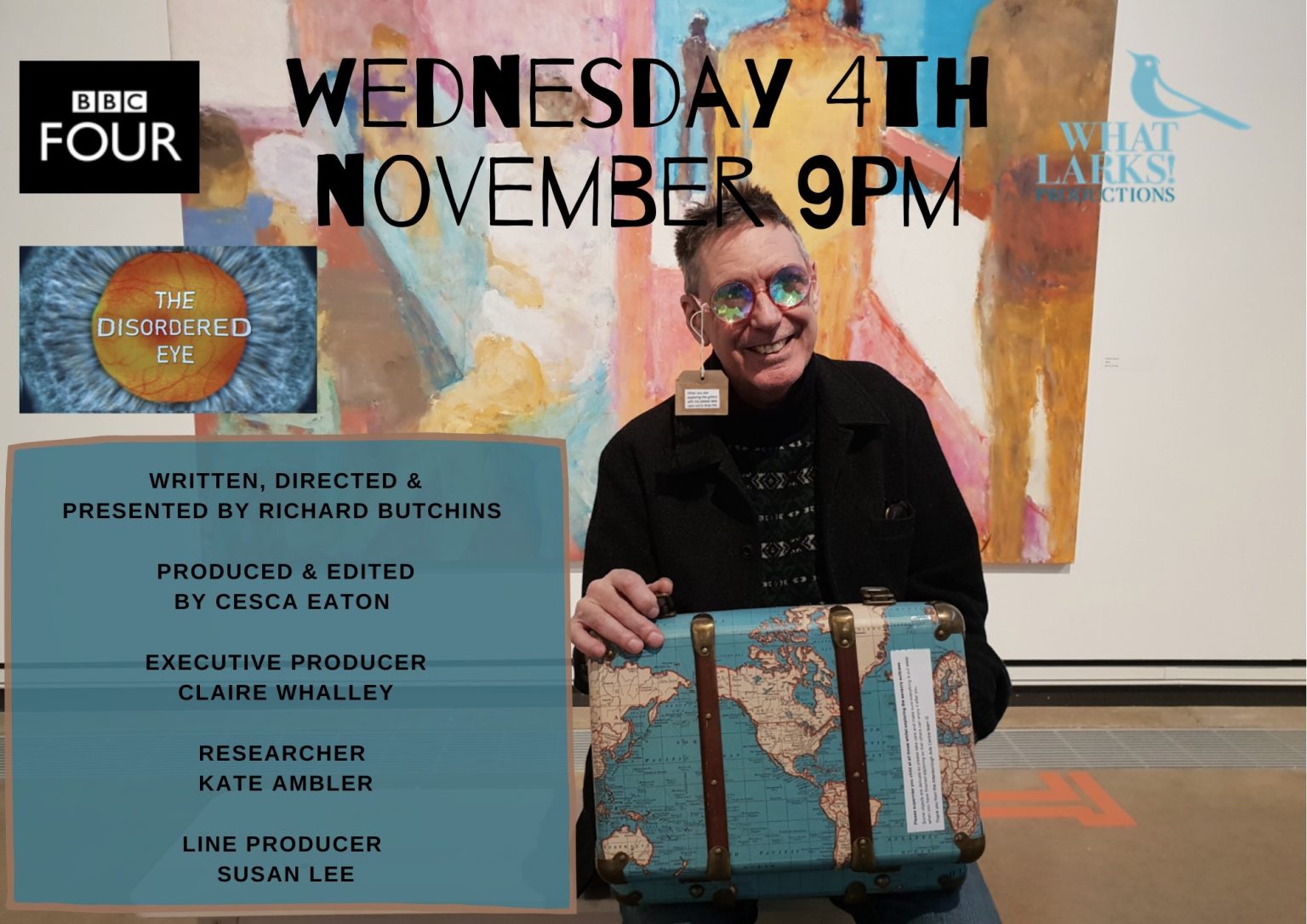Back in January, Attenborough Arts Centre was visited by the BBC 4 documentary team filming our Sargy Mann exhibition. The artist was being focussed on as part of a new documentary challenging the importance of good vision in making art, also examining the work of Monet and Degas looking at the effect of impaired vision on painters of the last 150 years.
Sargy Mann experienced levels of sight loss throughout his professional art career and toward the end of his life and career went completely blind. But this did not stop his artistic exploits nor slow him down, as you can find out when the documentary film is broadcast, the transmission date for the documentary: The Disordered Eye, Wednesday 4th November 9pm BBC FOUR.
Artist and filmmaker Richard Butchins challenges the importance of good vision in making great art. He suggests that visual impairments have contributed positively to the creation of art. We take the things we see for granted and that what we look at is actually what it is. Richard asks what is it we’re actually seeing if vision is all just electrical impulses sent to our brains and then turned into images of reality by our minds? He questions whether we even need good eyesight to make great art. Examining the work of Monet and Degas, Richard discovers surprising revelations about the effect of impaired vision on many painters of the last 150 years and beyond. Michael Marmor, Emeritus Professor of Ophthalmology at Stanford University, explains how Degas and Monet used their disabilities in a positive and clever way; Georgina Kleege, Professor of English at University of California, Berkeley, shares her thoughts on blindness and art as someone who lost their sight as a child, and Anil Seth, Professor of Neuroscience at University of Sussex, explains how we see with our brains and not our eyes. Richard meets contemporary artists Keith Salmon, Sally Booth and the family of the late Sargy Mann, along with sculptor Aaron McPeake and cyborg artist Neil Harbisson, all of whom use their disabilities in a positive and clever way. In this film Richard looks at art and visual impairment but argues that any kind of disability changes our perception of the world, whether we want it to or not, and that a disability can change and add a fresh dimension to an artist’s work. Perhaps it’s about time we reassessed our perspective on vision loss and disability in general.
